What are the advantages of helical blades?
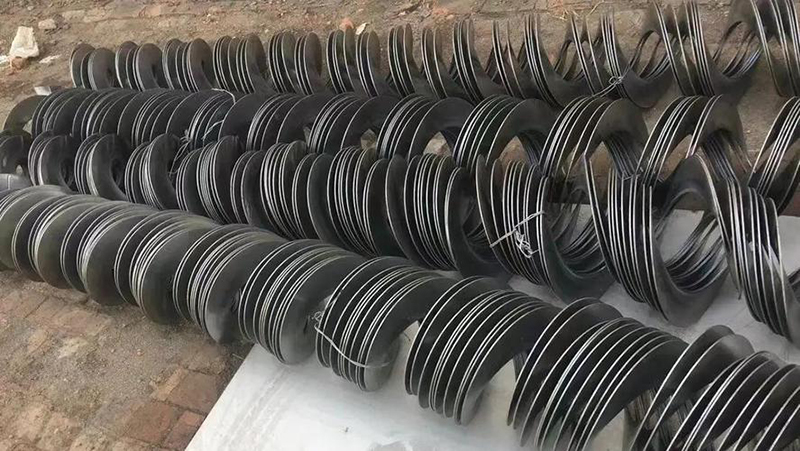
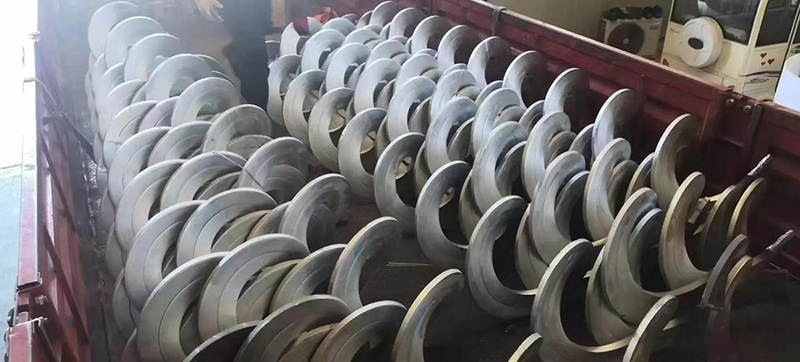

| Product name: | What are the advantages of helical blades? |
| Keywords: | |
| Industry: | Metallurgy and minerals - Mining industry |
| Process: | - |
| Material: |
Processing manufacturer
- There are 35 manufacturers that provide similar products
- There are 147 manufacturers that provide this processing technology
- There are 118 manufacturers that provide this material processing service
- There are 180 manufacturers that provide this industry processing service
Product details
Helical blades offer significant advantages in various applications (such as conveyors, propellers, mixing equipment, etc.). The following is an analysis of their main advantages:
Efficient Conveying and Propulsion
The continuous helical structure of helical blades effectively pushes materials or fluids (such as powders, granules, water, or gases), providing stable conveying or propulsion force.
With optimized pitch and angle, high efficiency and low energy consumption can be achieved in material transfer or fluid propulsion.
Simple Structure and Low Manufacturing Cost
The design of helical blades is relatively simple and can be manufactured by processes such as cold rolling, molding, or welding. The production cost is low, making them suitable for large-scale industrial applications.
Segmented design facilitates transportation, installation, and maintenance, reducing later-stage costs.
Strong Adaptability
Different diameters, pitches, thicknesses, and materials can be customized according to needs to adapt to various working conditions (such as high temperature, high corrosion, and high wear environments).
Suitable for various industries, including agriculture (e.g., harvesters), chemical industry (material conveying), shipbuilding (propellers), and construction (concrete mixing), etc.
Uniformity and Stability
Continuous helical blades ensure uniform flow of materials or fluids, reducing clogging or pulsation phenomena.
Good dynamic balance performance, suitable for high-speed rotating equipment, reducing vibration and noise.
Durability and Reliability
After selecting wear-resistant steel, stainless steel, or surface coatings, helical blades can be used for a long time in harsh environments (such as abrasive materials or corrosive liquids).
High structural strength and strong resistance to deformation, suitable for heavy-duty or long-term operation.
Flexible Modular Design
Segmented helical blades are easy to assemble and replace on-site, suitable for non-standard equipment or maintenance needs.
Performance can be optimized by adjusting the pitch or blade angle to meet specific process requirements.
Energy Saving and Environmental Protection
Optimized helical blade designs can reduce energy consumption (such as reducing conveying resistance or fluid loss).
High material utilization during manufacturing, and some processes (such as cold rolling) generate less waste, which is in line with green manufacturing trends.
Summary
The advantages of helical blades lie in their high efficiency, simplicity, strong adaptability, and cost-effectiveness, making them widely used in material conveying, fluid propulsion, and mixing applications.
Similar products
More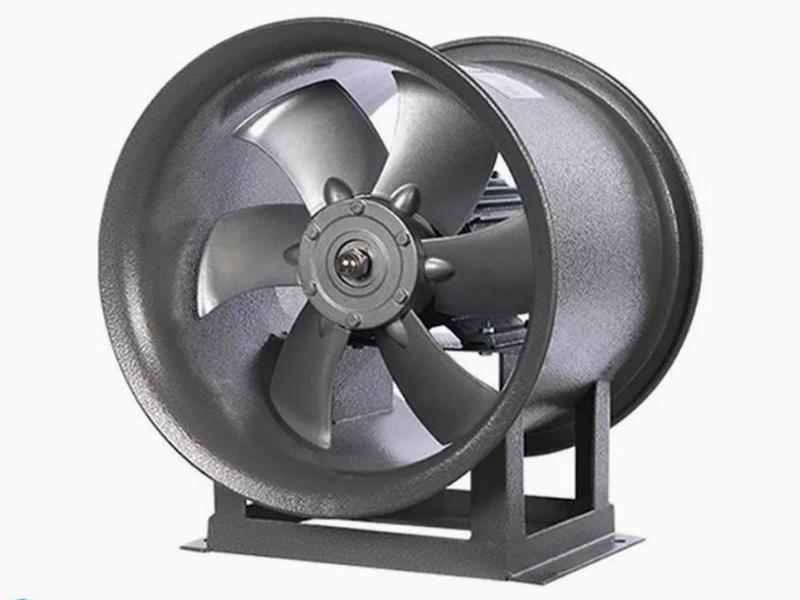
What are the machining processes used for processing axial fan housings
- Process : Sheet metal - Welding
- Material : Carbon steel
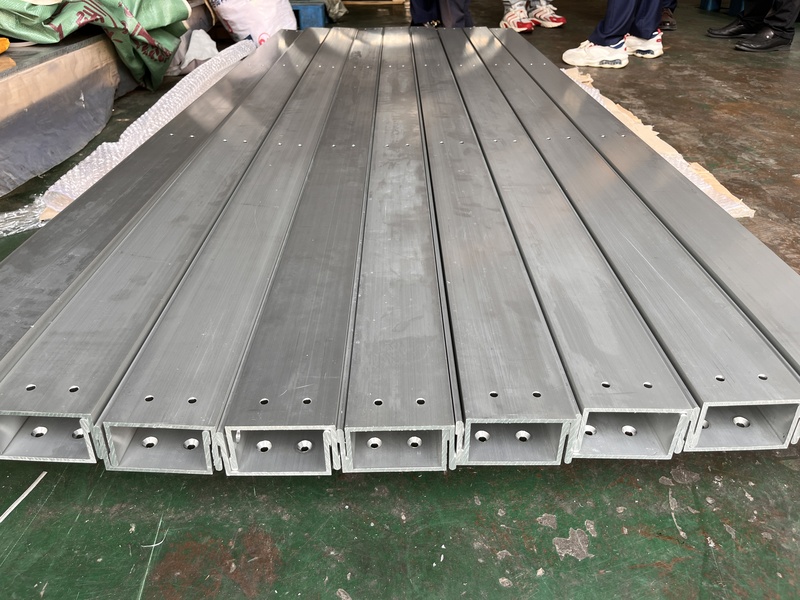
Precision Machining of U-Steel Profiles for Building Applications
- Process : Stamping - General stamping
- Material : Aluminum
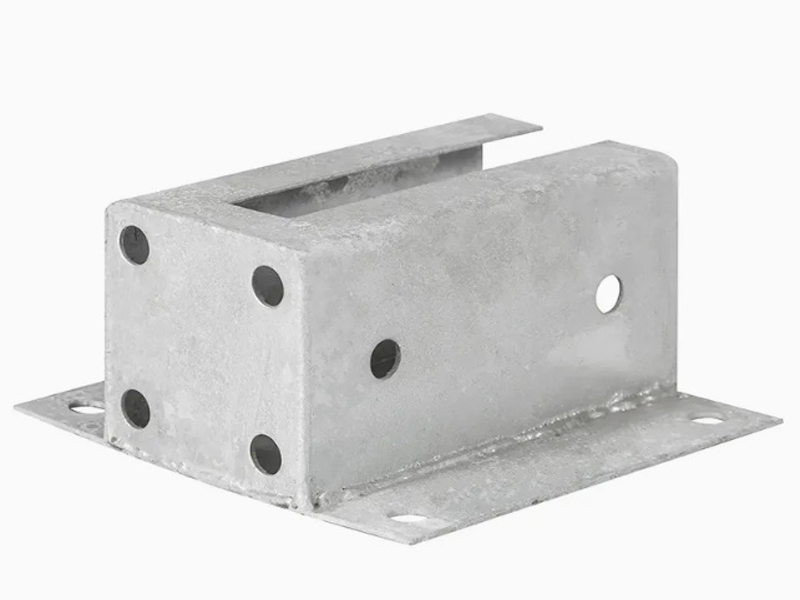
Machining Process Analysis of Carbon Steel Fixed Anchor Plates
- Process : Machining - CNC milling or milling machining
- Material : Carbon steel
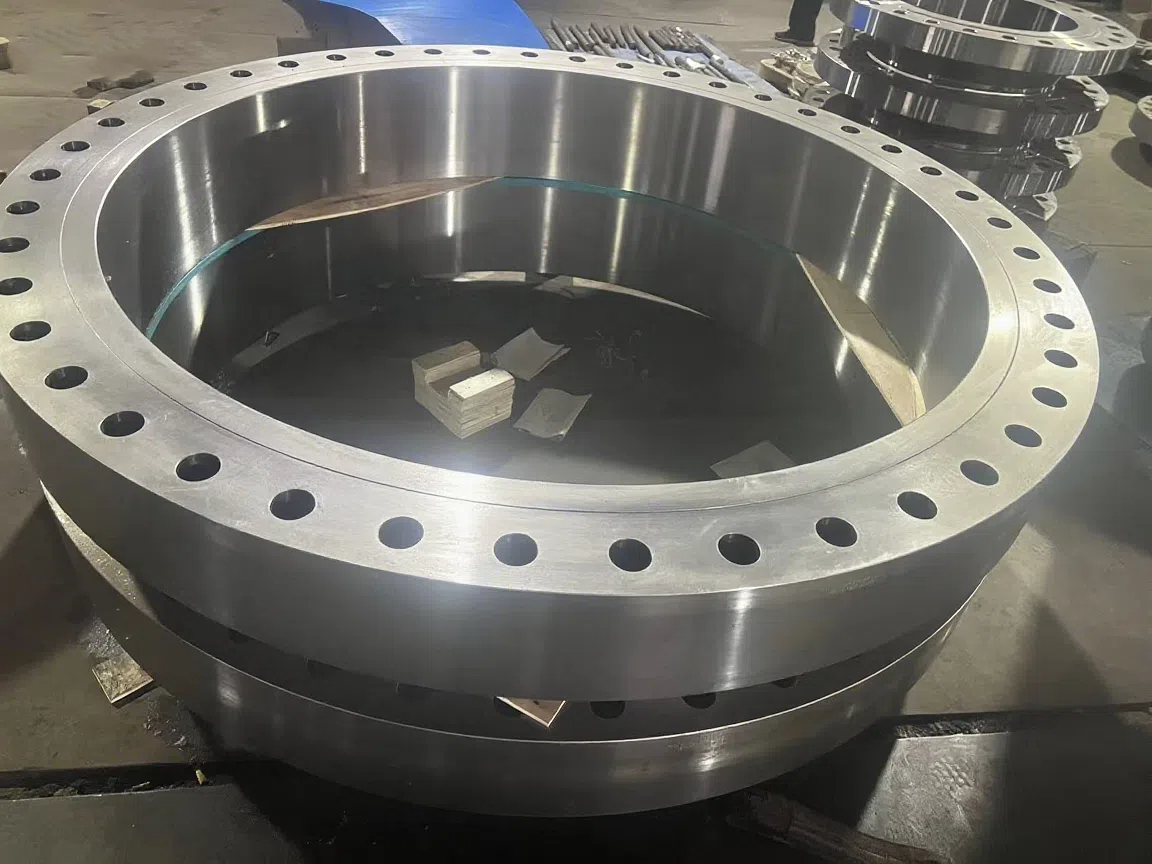
Heavy-Walled Flange Milling-Turning Machining and Flaw Detection
- Process : Machining - Turning Milling compound
- Material : Alloy steel
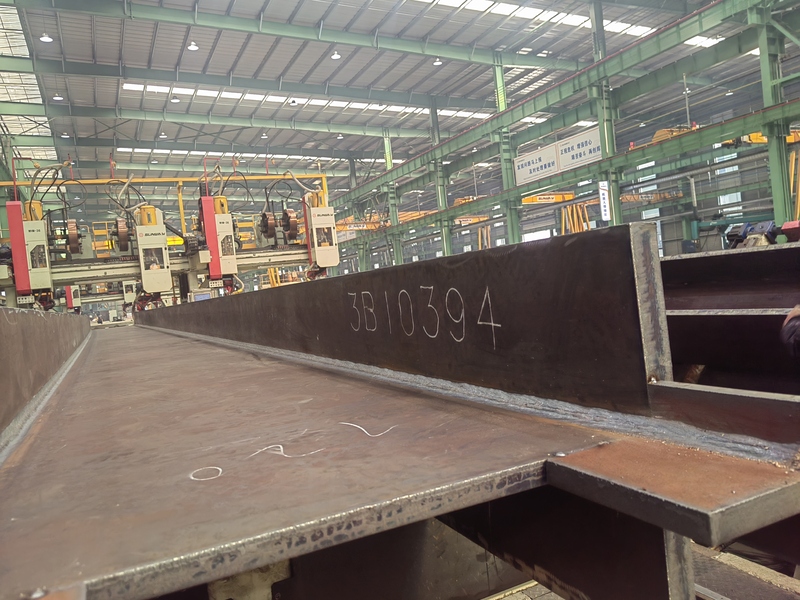
Custom Fabrication of S355JR Welded H-Beams for Construction Projects
- Process : Sheet metal - Welding
- Material : Carbon steel
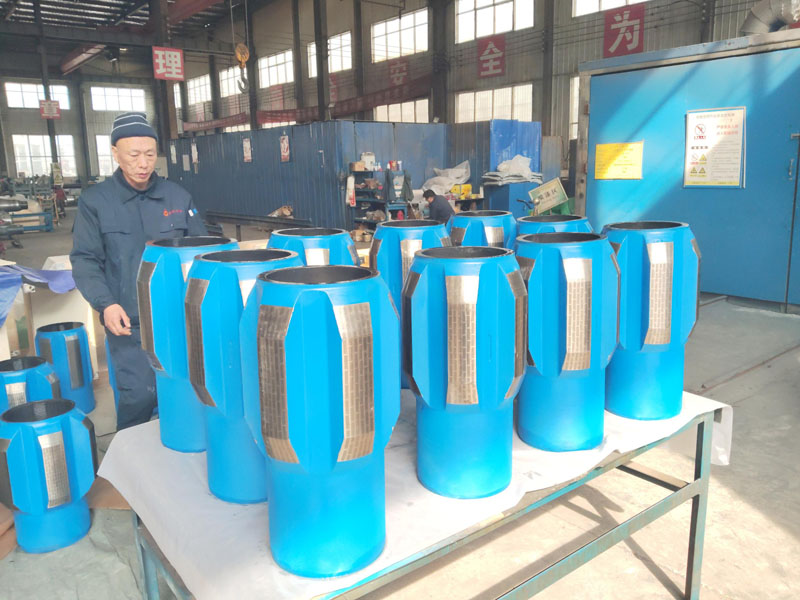
Drill Stabilizers Applied in Oil Drilling Platforms
- Process : Machining - Five-axis machining
- Material : Alloy steel
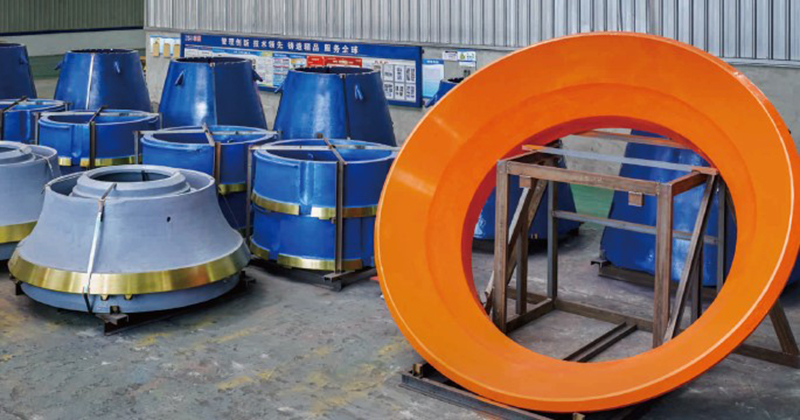
Cone Crusher Mantle
- Process : -
- Material :
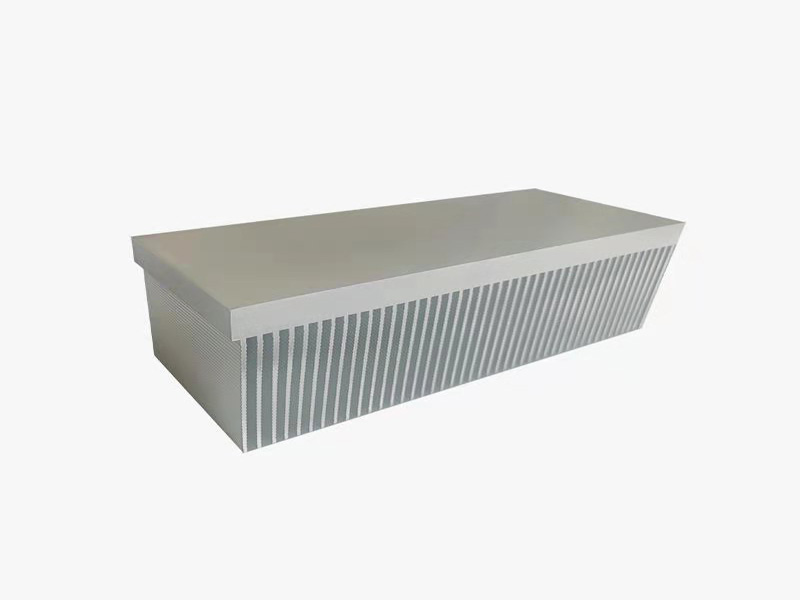
Innovative skiving technology: Breaking through the bottleneck of high-density heat dissipation technology
- Process : Surface treatment - Others
- Material : Alloy steel
More products
More
What are the machining processes used for processing axial fan housings
- Process : Sheet metal - Welding
- Material : Carbon steel

Precision Machining of U-Steel Profiles for Building Applications
- Process : Stamping - General stamping
- Material : Aluminum

Machining Process Analysis of Carbon Steel Fixed Anchor Plates
- Process : Machining - CNC milling or milling machining
- Material : Carbon steel

Heavy-Walled Flange Milling-Turning Machining and Flaw Detection
- Process : Machining - Turning Milling compound
- Material : Alloy steel

Custom Fabrication of S355JR Welded H-Beams for Construction Projects
- Process : Sheet metal - Welding
- Material : Carbon steel

Drill Stabilizers Applied in Oil Drilling Platforms
- Process : Machining - Five-axis machining
- Material : Alloy steel

Cone Crusher Mantle
- Process : -
- Material :

Innovative skiving technology: Breaking through the bottleneck of high-density heat dissipation technology
- Process : Surface treatment - Others
- Material : Alloy steel